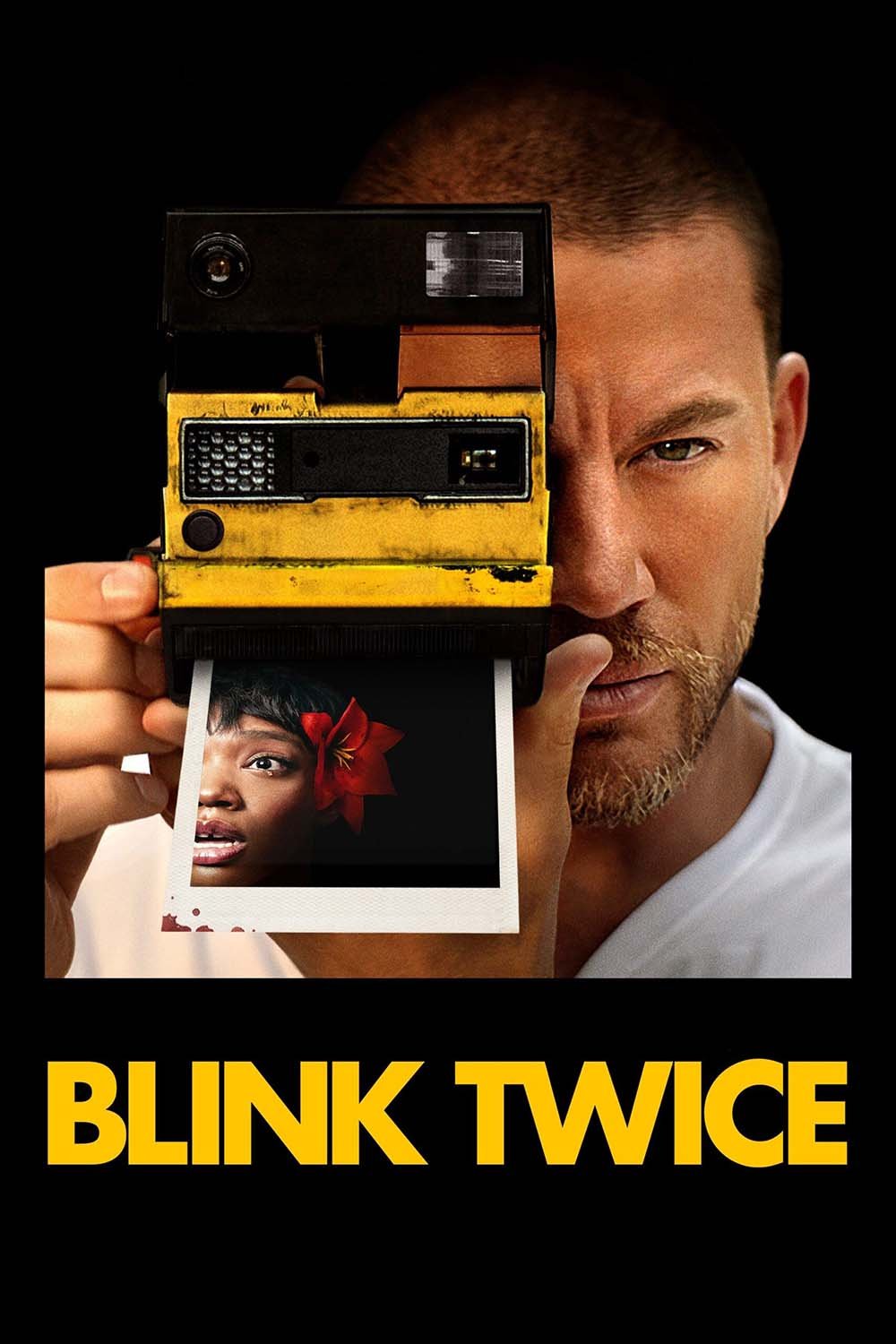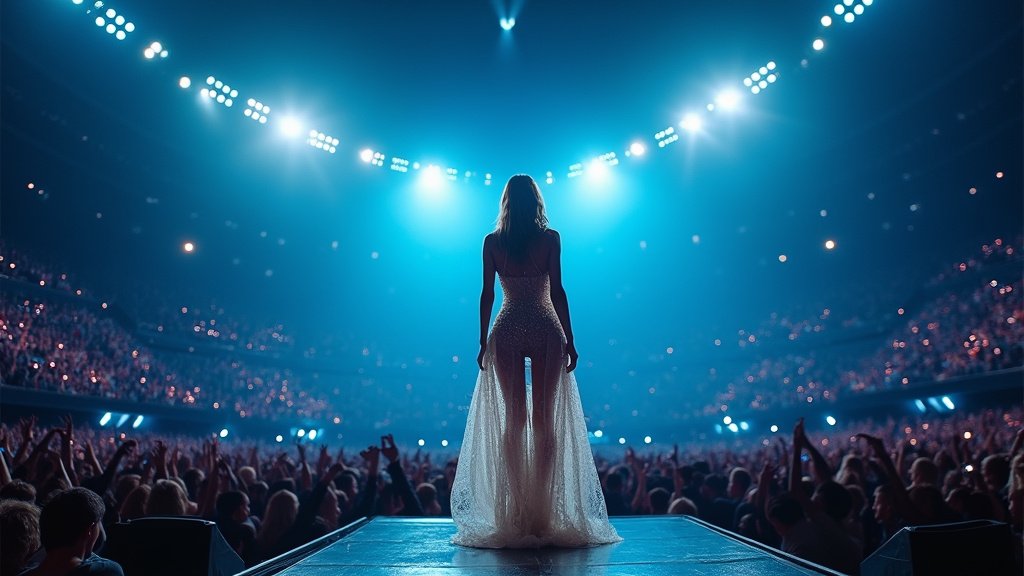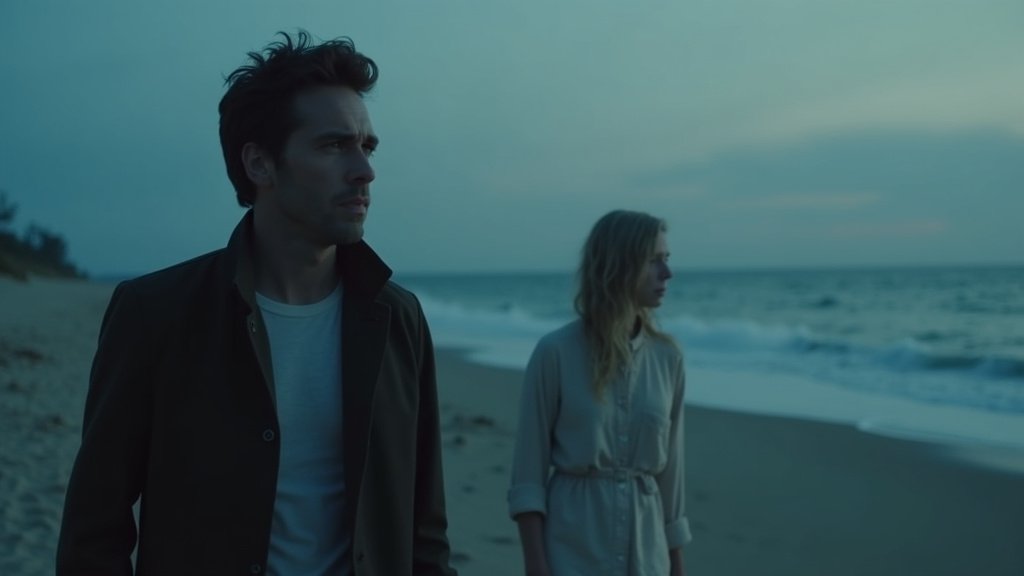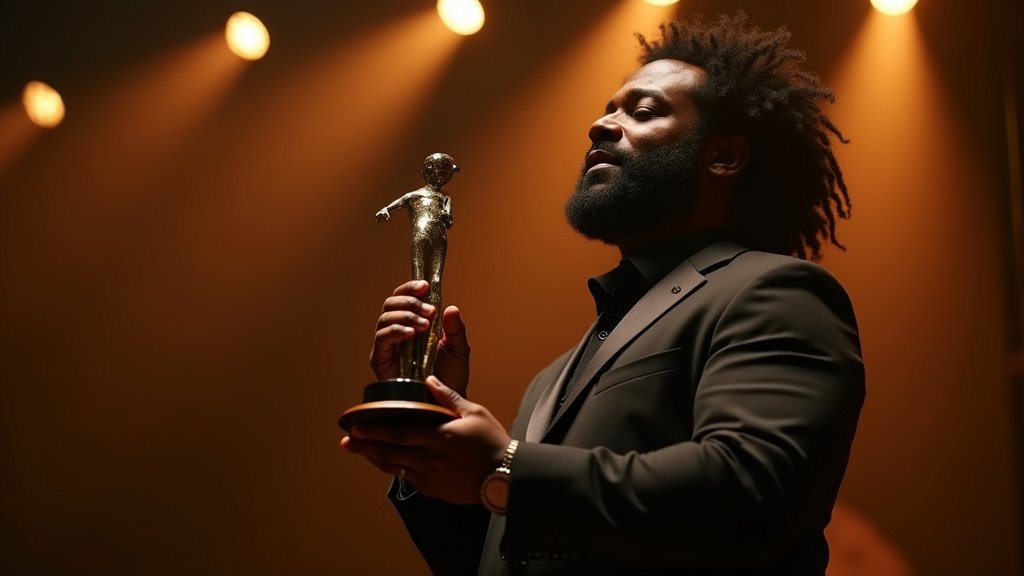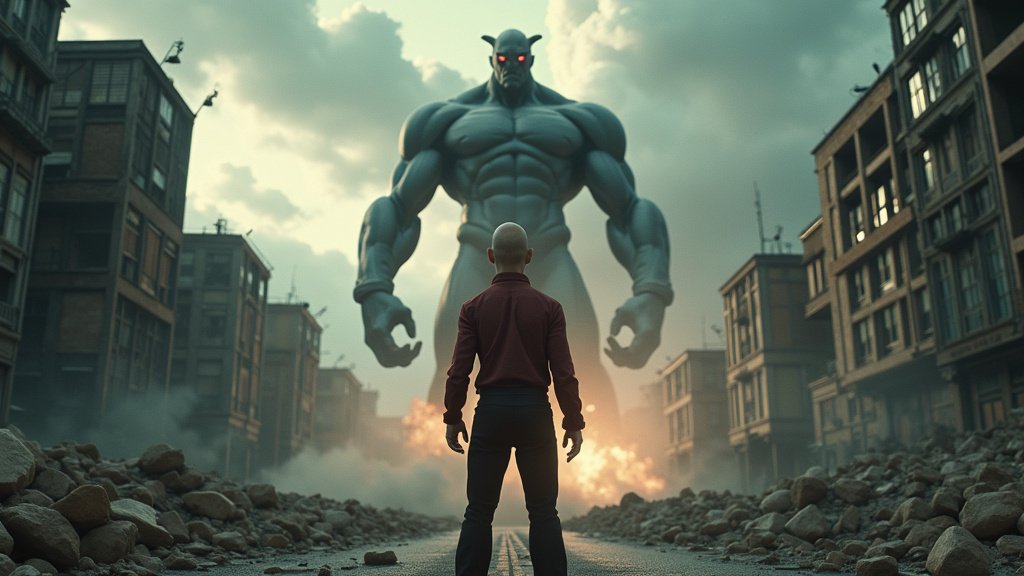As we dive deeper into the heart of spooky season, the movie industry has wasted no time delivering its share of goosebumps and psychological chills. But amid the sea of Halloween-themed horror flicks and predictable slasher films, Blink Twice has emerged as a standout, offering viewers something far more cerebral.
This new psychological thriller is quickly gaining buzz for its intricate storytelling, nail-biting tension, and captivating performances. With a blend of mystery and suspense, Blink Twice is not just a movie that spooks your senses; it plays mind games, leaving you questioning everything you thought you knew about its characters, their motives, and—most intriguingly—your own interpretations of the truth.
In this review, we’ll break down what makes Blink Twice such a gripping watch and why it’s the psychological thriller of the year.
Plot Summary: A Mind-Bending Puzzle
At its core, Blink Twice revolves around a simple premise: a missing person and a protagonist who is unsure whether they’re being gaslighted—or if their reality is truly crumbling. But the devil is in the details.
The story follows Emily (played by rising star Ava Reynolds), a young woman who returns to her small hometown after the sudden disappearance of her estranged sister, Lily. As Emily starts digging into her sister’s life, she uncovers a web of secrets, lies, and sinister forces at play. However, the closer she gets to the truth, the more her own reality begins to distort, leaving her—and the audience—wondering what is real and what is just a figment of her unraveling mind.
This movie is not about jump scares or obvious horror tropes. Instead, it’s a slow-burn thriller, building tension through subtle psychological shifts and masterful storytelling. Director Marcus Green has clearly taken inspiration from the likes of Gone Girl and Shutter Island, where nothing is ever quite as it seems.
From the start, the film toys with your expectations. Conversations take strange turns, characters behave unpredictably, and visual clues are scattered throughout—inviting viewers to piece together the puzzle long before the protagonist does. But here’s the kicker: just when you think you’ve got it all figured out, Blink Twice pulls the rug from under you, and the story morphs in a way that leaves you questioning not only Emily’s perception but also your own.
Characters: Complex, Unpredictable, and Utterly Human
One of the film’s strongest suits is its character development. Emily, portrayed with quiet intensity by Ava Reynolds, is far from your typical thriller protagonist. She’s flawed, emotionally distant, and at times, frustratingly passive—yet her vulnerability is what makes her so compelling. As the film progresses, you become deeply invested in her journey, not just to find her sister but also to rediscover herself amid the growing chaos.
Lily, though absent for much of the movie, is ever-present in Emily’s mind and the memories shared by those who knew her. Played in flashbacks by the enigmatic Zoe Castillo, Lily comes off as both charismatic and secretive, a character whose motivations remain ambiguous. Her disappearance triggers the entire narrative, and though we only get glimpses of her through other characters’ recollections, her influence looms large over the story.
But it’s not just the leads who shine in Blink Twice. The supporting cast, from the unsettling detective (James McNair) with his cryptic warnings, to Emily’s enigmatic childhood friend (Rachel DeMarco), adds layers of intrigue and suspicion. Each character is carefully crafted to add to the tension, leaving viewers wondering who can be trusted—if anyone.
Direction & Cinematography: Building a Haunting Atmosphere
Director Marcus Green deserves considerable credit for how he uses visual storytelling to enhance the film’s psychological unease. From the very first frame, it’s clear that Blink Twice is meticulously designed to keep viewers off-balance. The small-town setting, with its picturesque exteriors and claustrophobic interiors, reflects Emily’s state of mind—beautiful on the surface but slowly rotting from within.
The use of lighting and camera angles plays a significant role in amplifying the tension. Certain scenes are shot with tight close-ups that highlight Emily’s growing paranoia, while others are framed in wide, eerie shots that create a sense of isolation and dread. Green doesn’t rely on flashy visual effects; instead, he lets the simplicity of the setting and the intensity of the performances do most of the work, adding to the unsettling atmosphere.
Additionally, there’s a recurring motif involving reflections and mirrors, subtly reinforcing the film’s theme of distorted realities. The more Emily delves into the mystery of her sister’s disappearance, the more her reflection—both figuratively and literally—seems unreliable. It’s these subtle touches that elevate the film beyond a typical thriller and into a realm of psychological complexity.
Themes: Perception vs. Reality
At the heart of Blink Twice lies a timeless psychological theme: the unreliability of perception. As Emily digs deeper into her sister’s disappearance, the lines between fact and fiction blur, and it becomes increasingly difficult to discern what is real. Is Emily being manipulated by those around her? Or is her fragile mental state causing her to hallucinate events that never happened?
This theme is explored not only through Emily’s personal journey but also in the film’s overall structure. The narrative itself is disjointed at times, purposefully disorienting the audience. Flashbacks are unreliable, conversations feel incomplete, and visual cues are often ambiguous, all of which mirrors Emily’s own mental unraveling.
Blink Twice also taps into deeper, more philosophical questions about identity, memory, and trust. As Emily begins to doubt her own memories and those of others, the film raises a crucial question: How well can we truly know someone? And more importantly, how well can we know ourselves?
Performances: A Standout Cast
Ava Reynolds’ portrayal of Emily is nothing short of stellar. Her ability to convey vulnerability and strength simultaneously gives the character depth and authenticity. You feel her confusion, her pain, and her frustration as she grapples with the increasingly bizarre events around her. Reynolds has always been an actress to watch, but Blink Twice firmly establishes her as a force in the psychological thriller genre.
Zoe Castillo, though only seen in flashbacks, leaves a haunting impression as Lily. Her performance is subtle but layered, making it clear why Emily is so consumed by her sister’s disappearance. Castillo’s portrayal makes Lily enigmatic, but not in a way that feels forced or contrived—she’s simply a person with secrets, and her absence is felt deeply throughout the film.
Supporting actors like James McNair and Rachel DeMarco also deliver memorable performances. McNair, as the eerily calm detective, manages to unsettle viewers with just a glance, while DeMarco’s portrayal of Emily’s childhood friend adds a complex dynamic to the story. Is she a friend or foe? Like everything else in Blink Twice, it’s hard to tell.
Pacing: A Slow Burn That Pays Off
While Blink Twice doesn’t rush to deliver thrills, it benefits from its slow pacing. The film takes its time building suspense, allowing the tension to simmer just beneath the surface before erupting in a final act that’s as satisfying as it is shocking. The movie doesn’t rely on cheap scares; instead, it thrives on atmosphere and psychological tension, creating a sense of dread that slowly suffocates the audience.
The pacing might not be for everyone—especially those expecting a more traditional fast-paced thriller—but it’s perfect for fans of films that make you think. If you’re patient, Blink Twice rewards you with a payoff that will leave you reeling long after the credits roll.
Final Thoughts: A Psychological Masterpiece
Blink Twice is not just another psychological thriller—it’s a carefully crafted journey into the mind, where reality bends, and nothing is as it seems. With standout performances, meticulous direction, and a plot that keeps you guessing, it’s a film that lingers long after the lights come up.
This is not a movie for those seeking instant gratification or obvious answers. It’s a thinking person’s thriller, one that demands your attention, forces you to question your assumptions, and leaves you grappling with its unanswered questions. As we inch toward the close of 2024, Blink Twice has certainly cemented itself as one of the most thought-provoking and chilling films of the year.
For fans of psychological thrillers that blend mystery, suspense, and deep emotional exploration, Blink Twice is an absolute must-watch. Just be prepared to question everything—including your own perceptions.

